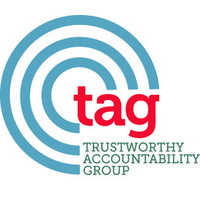
The Trustworthy Accountability Group (TAG) 2020 report says that the industry rate for advertising fraud is 10.83%, but also, that TAG’s fraud protection guidelines can reduce fraud by 90%.
The study measures advertising fraud in a variety of online delivery channels, including connected/smart TVs, in-app video, in-app display ads, mobile Web display and video ads, and desktop web and video advertising.
Six major ad agencies participated in the study, which evaluated 353 billion ad impressions.
So, define “fraudulent ad traffic”
The report defines it as “traffic that does not meet certain ad serving quality or completeness criteria, or otherwise does not represent legitimate ad traffic that should be included in measurement counts”.
There are two types:
- Sophisticated Invalid Traffic (SIVT) includes “Traffic identified through advanced analytics, multipoint corroboration, human intervention—such as hijacked devices, ad tags, or creative; adware; malware; misappropriated content.”
- General Invalid Traffic (GIVT) includes “traffic identified through routine and list-based means of ltration—such as bots, spiders, other crawlers; non-browser user agent headers; and pre-fetch or browser pre-rendered traffic.”
Read TAG’s press release
Access the TAG 2020 Fraud Benchmark Study
Why it matters
Ad fraud is a lesser-recognized forms of piracy – at least, among media companies – but it does tangible damage to brands that expect their ad budgets to fund legitimate campaigns.
According to a prepared statement, the TAG Certified Against Fraud Program was launched in 2016 to combat invalid traffic in the digital advertising supply chain. Companies that are shown to comply with the Certified Against Fraud Guidelines are awarded the Certified Against Fraud Seal, which they can use to publicly communicate their commitment to combatting fraud.












